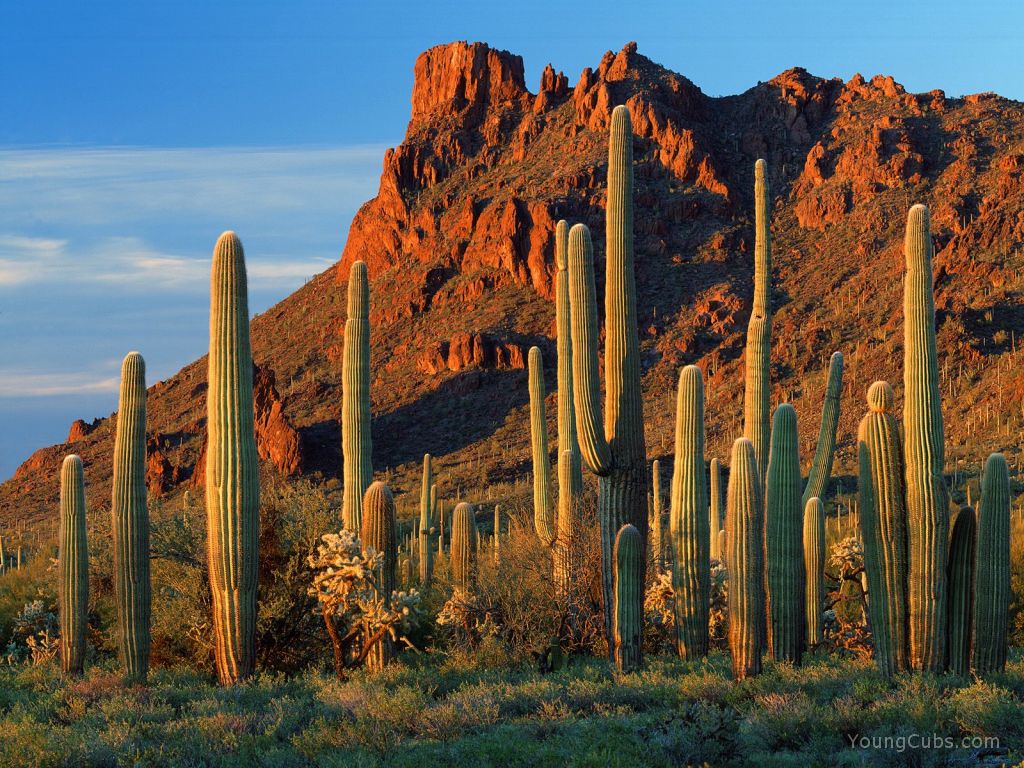Earthquakes are common, but in two weeks we didn't feel any. Hotels rooms are equipped with flashlights and the rating that the building can withstand. Ours was 9.5. Trains are essential to navigating this city. Consider that an express took nearly an hour to get from Shinagawa Station to Narita International Airport. Don't overlook the Japan Rail Pass. Distances around shrines and temples are considerable. Getting from the train station to the hotel was quite a hike. I found that I was walking 2/3 of the day. Crowds are part of the landscape, but it is manageable. All hotels have a little card with their address in Japanese. Present this to a taxi driver if you get lost and you have a way home. There are cards for all tourist locations, so just show it to the driver and you are on your way. I keyed in international dialing on my Verizon phone before I left so that I could communicate with my group if I got separated. It's always roaming, about $2.00 a minute. The Japanese are always on a cell phone texting. The current fad is a little "Hello Kitty" or charm hanging from it.
Tokyo tower is the red metal structure with Rainbow Bridge and the beginings of Tokyo harbor in the far horizon. The Imperial Palace and the government's Diet Building is to the left of the large green tower in the upper left. The famous Ginza shopping area is to the right of this building about 6 blocks. I'm standing at an observation deck on the 54th floor of Roppongi Hills Tower where a small 2 bedroom apartment starts at $1.5 million.
Another view of the tower with Rainbow Bridge in the far distance. The city extends far, far beyond the bridge on the other side. Tokyo Disney Resort is slightly behind and to the right of Tokyo Tower. There is no such thing as a slow day at Disney. Waits for rides can top three hours. I am standing in one place for most of these shots, pivoting around the building in the lower right with the green tower on top.
I have now moved from an easterly direction and am looking due south. In the middle of the picture is a tower designed by the same architect who designed Roppongi Hills. The next towers behind it contain the Prince Hotel where we stayed and Shinagawa Train Station next door. For an island country, I was surprised at how hazy it was, but then China is next door. It was overcast most of the time and rained a few days, but even that was an interesting experience.
This close up of the Moto-azabu Hills Tower shows what an interesting shape it has. Also notice how densely packed these buildings are. My next shot was to be due west but a group of school children were occupying that space. Had it been a clear day, I would have been able to distinguish the snow on Mt. Fuji. The fact that 35 million people live between an active volcano and the Pacific seems to me a significant fact.
This view to the left of the tower above, shows how densely packed these buildings are. There are many buildings just 20' wide with only 20" or so between the buildings on either side. Auto parking lots are not in abundance. Every inch is used.
Aoyama Cemetary, looking northwest, contains the graves of many distinguished foreigners.
They are buried here in appreciation of their help in modernizing Japan. One example is Eduardo Cheassone who introduced the printing technology for money and stamps. Just north of here is the Meiji Shrine which we will visit later. Also are two national baseball stadiums and most of the government buildings. Due north is considered midtown.
The cherry blossoms are so fleeting. Like life, they last only a short time. And so cherry trees are often found at cemeteries. I always looked for meaning in the placement of things in Japan, whether it came from philosophy, religion, habit of history or imagination. Nothing was just by chance. There is design in nature and in living a life. I think this is more obvious in such a homogeneous society where traditions live on from one generation to the next.





















.jpg)















Glad to have you back safe and sound, hope you enjoyed the trip. Looking forward to reading more about it. I HATE big cities, feel like a sardine in one, love nature and wide open spaces. BUT, I loved your comment about cherry trees compared to human lifetimes. They certainly are beautiful but so short lived.
ReplyDeleteHey!
ReplyDeleteMissed your comment the first time through, sorry!
The Japanese really do put a lot of thought into their lives, lots of reasons and traditions for things being the way they are.
I agree, cities leave me cold too. Tokyo is scary big.
Linda